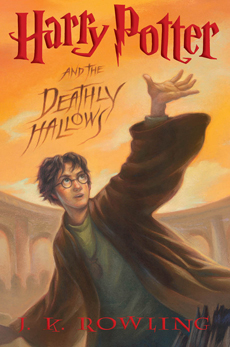“Sexual tension is at the heart of Hopper’s Room in New York, a scenario we peer at through an open window. Home from work, the man reads the sports page. Dressed to go out, the woman plays a single note on the piano, knowing it will annoy him. Their faces are almost as featureless as the blank sheet of music on the piano. Separated by the abstract expanse of the tall brown door, they are literally out of touch. But look a little closer at that fleshy pink armchair…Doesn’t that pink chair look unsettlingly like a huge hand, a jutting thumb and curled fingers, ready to clutch the unsuspecting man from behind and give him a shake? Is this the woman’s fantasy?“
Mount Holyoke English professor Christopher Benfey surveys “Edward Hopper’s secret world” for Slate, commenting at length on a painting whose iconography I’ve been shamelessly pilfering for years here, at the personal site, and elsewhere. Interesting…I always felt the picture captured a state of anomie and self-inflicted loneliness more than it did sexual tension — It’s a furtive through-the-window look at two people crammed into a tiny little room in New York basically ignoring each other. Or, more to the point, the man at left, caught up in the newspaper (news, not sports!) is so distracted by the world at large that he’s shut out his neglected lover at the piano: In his attention to distant events, he’s missing out on the beautiful things in his own life. But, hmm, that chair…





